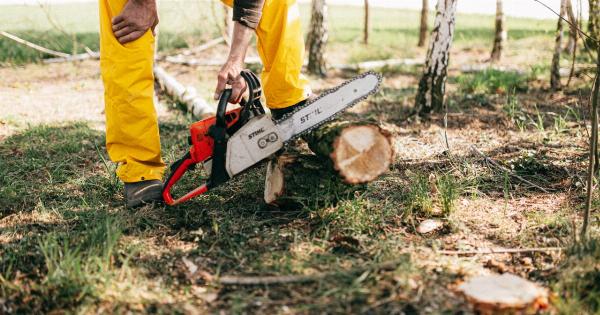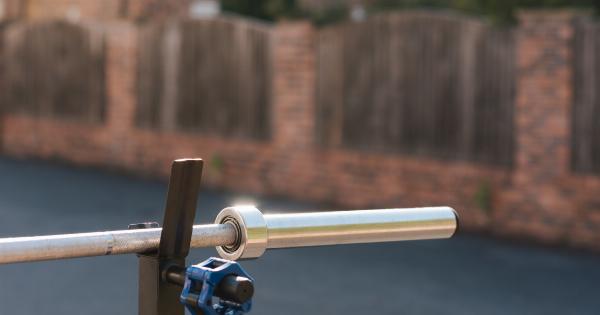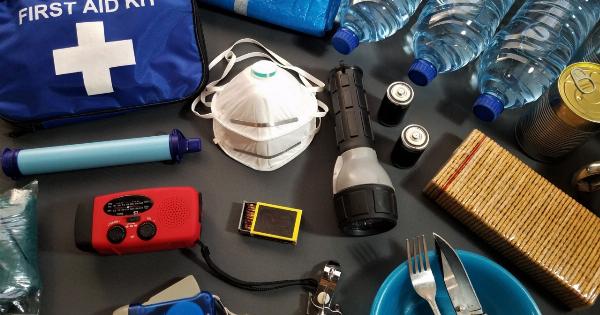Suction machines are widely used in medical procedures in order to remove secretions, mucus, blood, and excess fluids from patients’ airways. These machines are meant to work properly but sometimes things can go wrong, leading to suction mishaps.
What Are Suction Mishaps?
Suction mishaps are unexpected situations that happen during the use of a suction machine. They can range from minor incidents to life-threatening emergencies. Here are some examples of suction mishaps:.
- Blockages: When the suction machine isn’t powerful enough to remove the secretions and fluid from the patient’s airway, it can cause a blockage that can lead to respiratory distress.
- Injury: If the suction catheter is inserted too deep into the patient’s airway, it can cause injury to the lungs or the throat, leading to bleeding or damage to the tissues.
- Contamination: If the suction machine isn’t properly cleaned and disinfected after each use, it can lead to contamination with bacteria, viruses, or fungi, that can cause infections in the patient.
- Equipment malfunction: If the suction machine is faulty or has worn out parts, it can fail to operate properly, leading to suction mishaps.
How to Deal with Suction Mishaps?
Dealing with suction mishaps requires knowledge, skill, and quick thinking. Here are some steps to take:.
- Stop suctioning: If you encounter a suction mishap, stop suctioning immediately. Keep the patient calm and reassure them while you assess the situation.
- Assess the airway: Check the patient’s airway for any signs of obstruction, such as coughing, choking, or stridor. If the airway is partially obstructed, try to suction the secretions again with a smaller catheter or a different suction source.
- Call for help: If the patient’s condition deteriorates or if you are unsure of how to proceed, call for help. Notify the physician, respiratory therapist, or emergency response team, depending on the severity of the situation and your facility’s policy.
- Provide rescue breathing: If the patient is not breathing, provide rescue breathing using a bag-valve-mask device. Ensure to give rescue breaths properly, to avoid causing a gastric distention.
- Document the incident: Make a written note of the incident in the patient’s chart, including the cause, the actions taken, and the patient’s response. The documentation will help provide a clear picture of the suction mishap and the patient’s response.
Preventing Suction Mishaps
Preventing suction mishaps is essential to ensure the patient’s safety. Here are some steps that can help:.
- Train staff: Ensure that all staff who use the suction machine are properly trained in suctioning techniques, equipment operation, and troubleshooting.
- Check equipment: Regularly check the suction machine and its accessories for any defects, wear, or malfunction.
- Clean and disinfect: Follow the manufacturer’s instructions for cleaning and disinfecting the suction machine and its accessories after each use and regularly clean the tubing to prevent contamination.
- Use the right catheter: Choose the appropriate suction catheter size for the patient’s airway and the amount of secretions. Ensure the catheter is not too small or too large, as it can cause suction mishaps.
- Monitor vital signs: Regularly monitor the patient’s vital signs, such as oxygen saturation, respiratory rate, and heart rate, during suctioning to detect any signs of distress or hypoxia early.
Conclusion
Suction mishaps can happen to anyone, but with proper training, equipment, and procedures, they can be prevented or dealt with effectively.
Remember that the safety of the patient is the top priority, so if you encounter a suction mishap, act calmly, quickly, and competently to provide the best possible care.




























